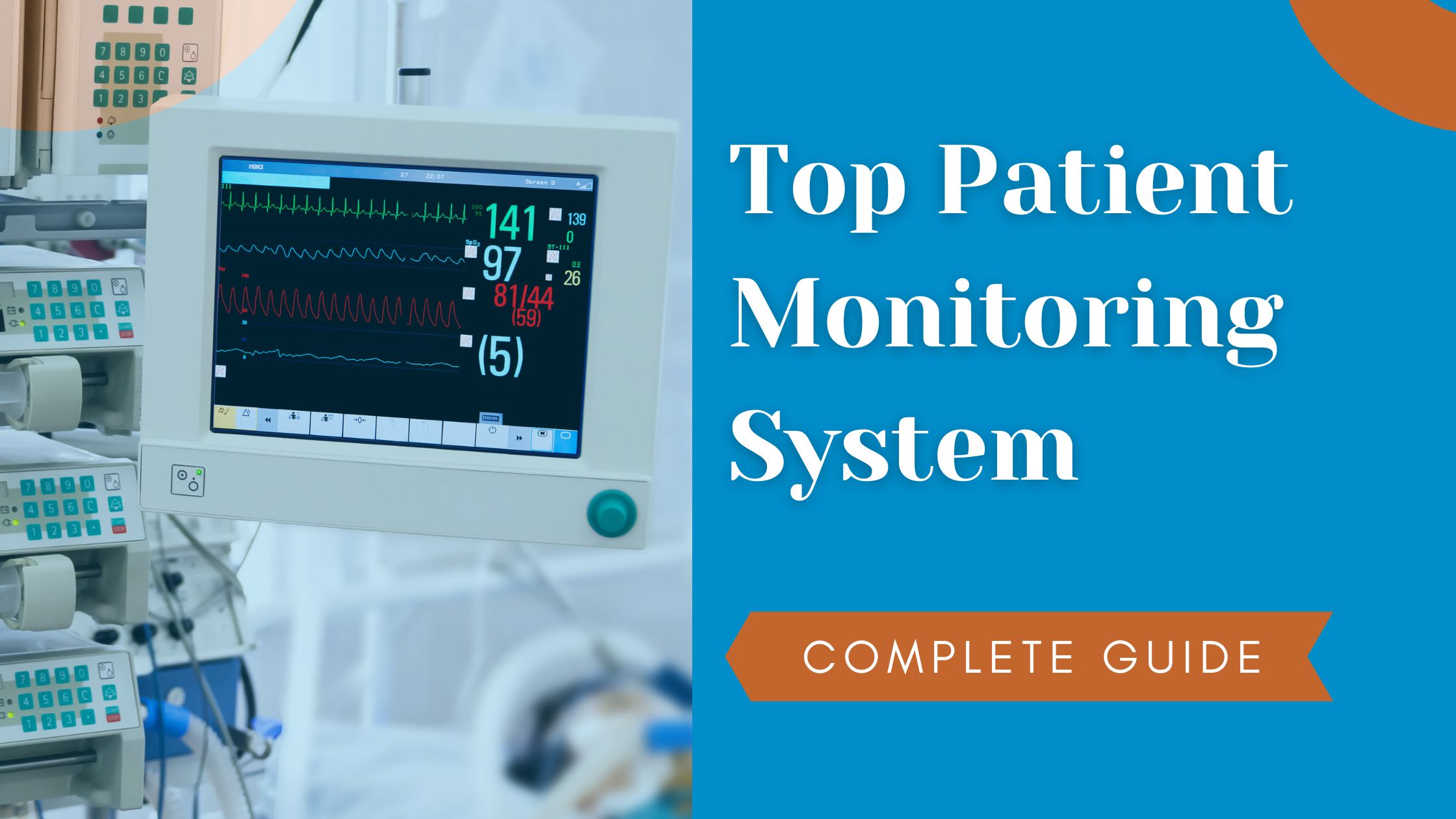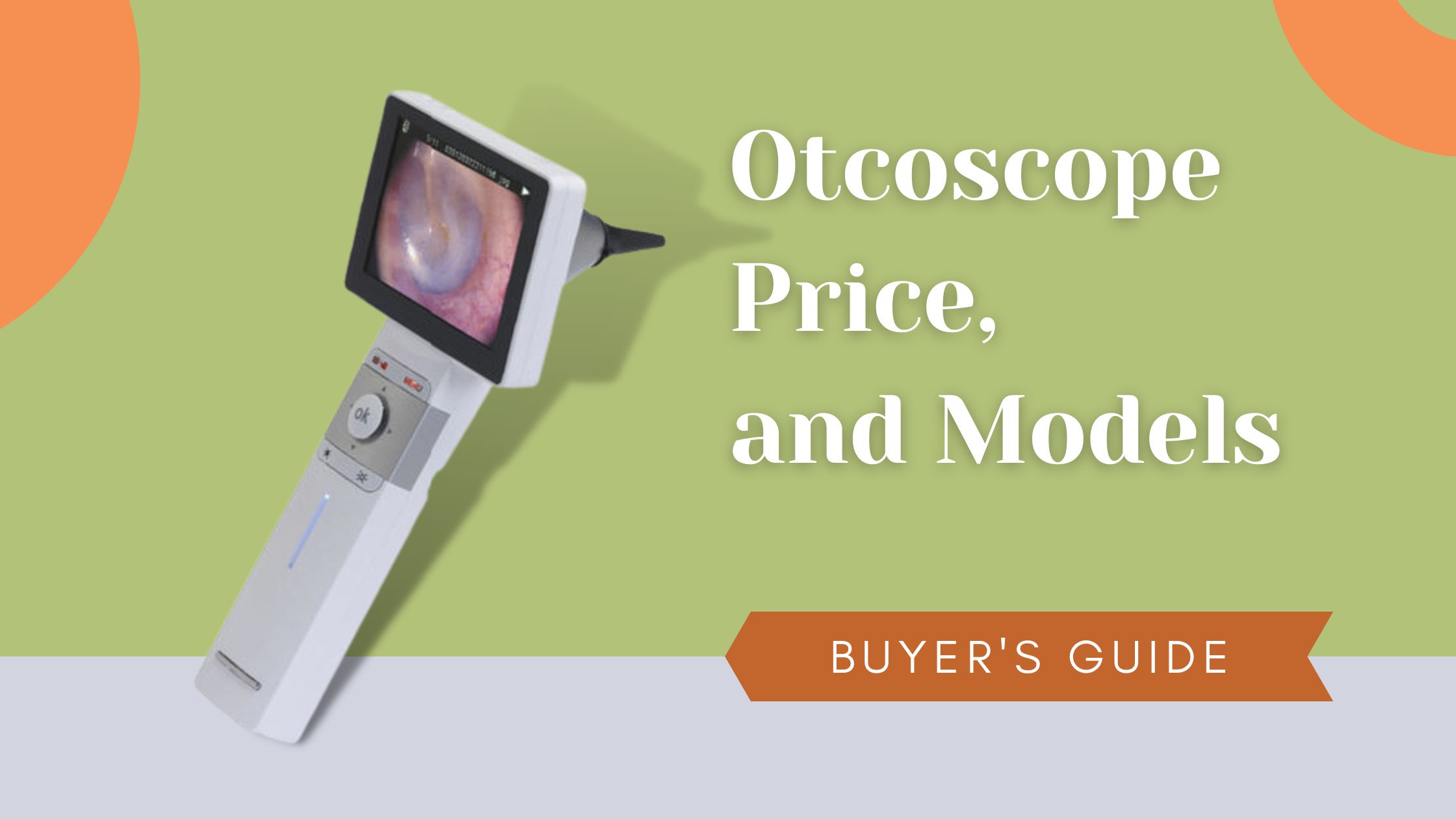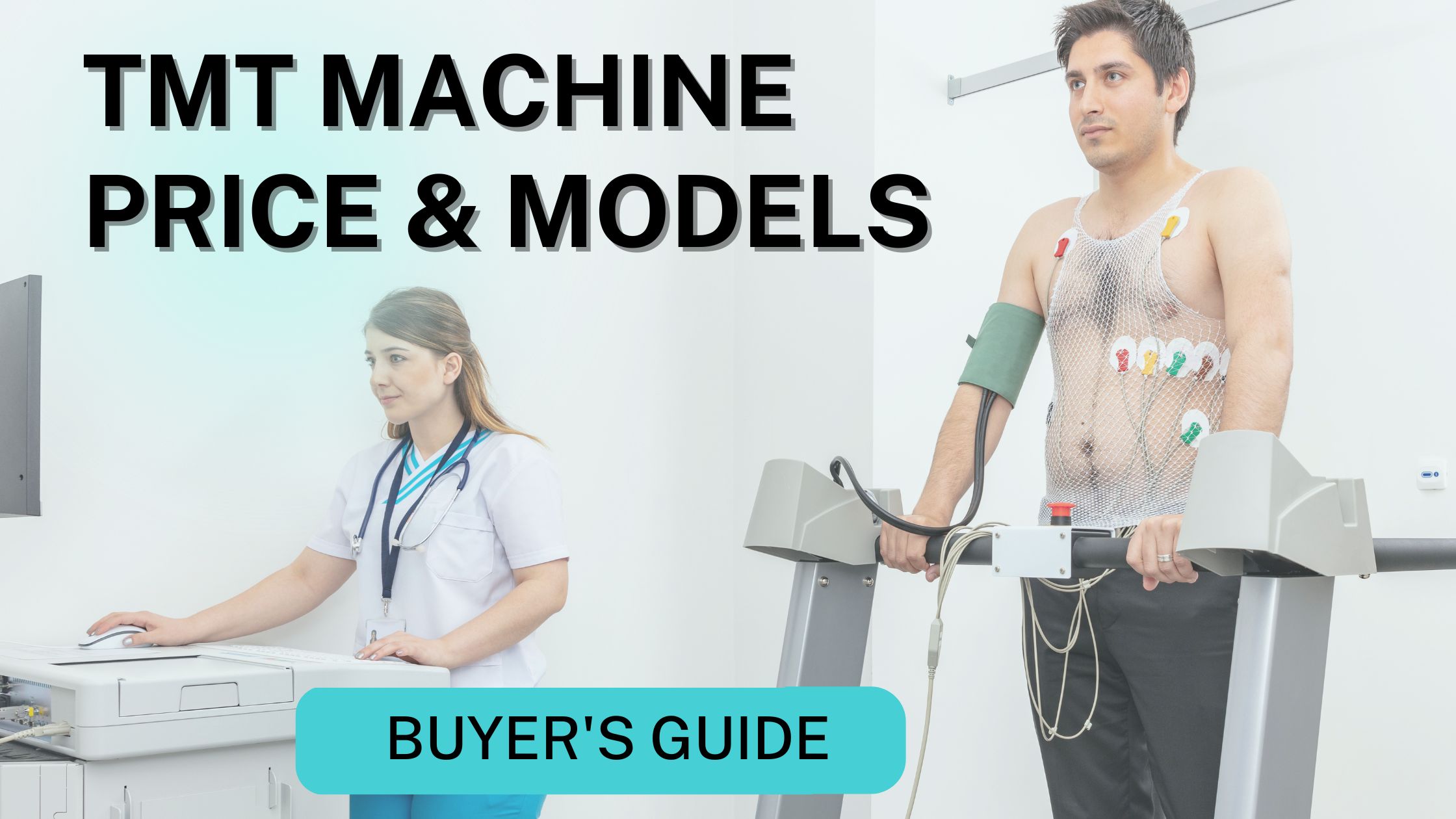What is a Syringe pump?
A syringe pump is a little infusion device that is used for the specific amount of fluids used in chemical and biomedical researches, one and more syringes that deliver precise and accurate amounts of fluid through the syringe to observe the predetermined volume depending on the size of the syringe.
- What is a Syringe pump?
- Uses of Syringe pump
- The Dissimilarity between a Syringe pump and an Infusion pump
- Types of the Syringe pump
- What are the prices of syringes?
- What is a Portable Syringe pump?
- What is the Automated syringe pump and how does an automated syringe work?
- What are the sizes of Syringes?
- What is a high-pressure syringe pump?
- Multiple types of syringe pumps
- Top Brands of Syringe pump
- Demo Video of B.Braun Perfusor Compact Plus Infusion Pump
- Demo Video of Akas Infu Max Infusion Pump
- Demo Video of Fresenius Kabi Injectomat Agilia Syringe Pump with Syringe capacities: 5, 10, 20, 30/35, 50/60 CC
- Demo Video of Smith Medical Syringe Pump, Graseby 2000
- Demo Video of Beyond bys-820 infusion pump, HD LCD display
- Demo Video of BPL Acura S1 Syringe Pump with Dual Display
- Demo Video of HAWKMED HK100 Infusion Pump
- Things to consider before buying a syringe pump
- Final Thoughts
- FAQs
Uses of Syringe pump
A Syringe pump is used to deliver a tiny amount of medications, moving the piston of the syringe sends the medication into IV tubing. Syringes are oftentimes, used in clinical medicine to administer injections infused intravenously therapy into applied compounds like bloodstream, lubricant or glue and draw liquids.
The Dissimilarity between a Syringe pump and an Infusion pump
| A Syringe pump | An Infusion pump |
A Syringe pump is several infusion delivery equipment, apart from that drawing fluid from an infusion bag, intravenous therapies have been drawn into a syringe and installed into a device. | An Infusion pump draws liquids from the standard bag of intravenous fluid and controls the rate of flow. |
| A Syringe pump is used to inject a lesser amount of materials, fluids in a lesser amount and volume. | The infusion pump is used to inject a larger amount of materials, fluids at a regulated amount and volume. |
Types of the Syringe pump
The fundamental two types of syringe pumps are available medical infusion pumps and research infusion pumps. The Medical infusion pump is designed for the delivery controlled proportion of fluids, e.g drugs, nutrients and blood to the patients.
Laboratory/Research syringe pump
These devices are used in research laboratories, applications that require accurately fluid deliveries. Laboratory research typically has more features that handle smaller volumes than medical pumps. As like, infuse and withdrawal multi-syringes pump. OEM module and high-pressure syringe pump.
Medical Infusion pump
This equipment is used to deliver controlled quantities of nutrients, drugs and blood to patients, these types of pumps are usually used in the Vivo diagnosis, treatment and research.
What are the prices of syringes?
| Types of syringe | Minimum Price | Maximum Price |
| High pressure | INR 25,000/Piece | INR 32,000/Piece |
| continuous flow | INR 24,000/Piece | INR 36,650/Piece |
| Infusion pump | INR 18,000/Piece | INR 38,000/Piece |
| Low rate flow | INR 25,000/Piece | INR 32,000/Piece |
What is a Portable Syringe pump?
The probability controlled syringe pump for accurate administration of fluids, INTENDED use this infusion administration intravenous IV used to antibiotics, regional anaesthetic, chemotherapeutics agents and antiarrhythmic medications.
What is the Automated syringe pump and how does an automated syringe work?
This syringe pump is a continuous syringe pump that can be inserted into a vaccine bottle. The automated syringe is guaranteed this syringe is suitable for livestock vaccine injection, this veterinary continuous syringe is made of a polymer material that is easy to use. The roller rotates and the gear moves fluid transfer from the tube to the patient. Users can adjust the required flow and fluid volume via the device. At that time the required fluid flow volume is released, an alarm sound and fluid flow stop.
What are the sizes of Syringes?
Size chart of the common insulin syringes
| Needle Length | Needle gauge | Barrel size |
| 3/16 inch [5mm] | 28 | 0.3 mL |
| 5/16 inch [8mm] | 29, 30 | 0.5 mL |
| 1 / 2 inch [12.7mm] | 31 | 1.0 mL |
What is a high-pressure syringe pump?
The high-pressure syringe pumps are digital microprocessors that control electro-mechanical piston pumps, which specifically generate and regulate the pressure and give flow control in a variety of ways. Different applications of pumped flow can deliver a constant flow and rate.
Multiple types of syringe pumps
- Tuberculin syringe pump
2. Insulin syringe: one of the most common types of syringe
3. Venom extraction syringe
4. Oral syringe
5. Dental syringe
6. Multi-shot needle syringe
7. Slip tip
8. Luer lock tip
9. Catheter tip
10. Eccentric tip
Top Brands of Syringe pump
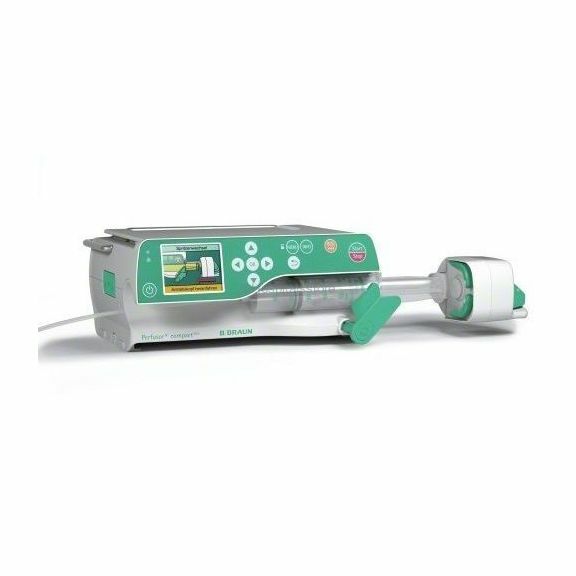
1) B.Braun Perfusor Compact Plus Infusion Pump
- Intuitive user interface for reduced training needs
- Guiding to interface to prevent operating errors
- Self-explaining pump
The B Braun compact plus infusion pump is the new generation of the simple safe and robust syringe pump that addresses all requirements of modern infusion therapy integrated with the latest technologies advances, In contrast, the B Braun compact plus infusion pump comes with an intuitive user interface on a large and bright colour display. Pictures on the operating interface of the system and the colour codes and shapes of this b Braun infusion pump system guide the user while loading the pump quickly and safely.
Demo Video of B.Braun Perfusor Compact Plus Infusion Pump
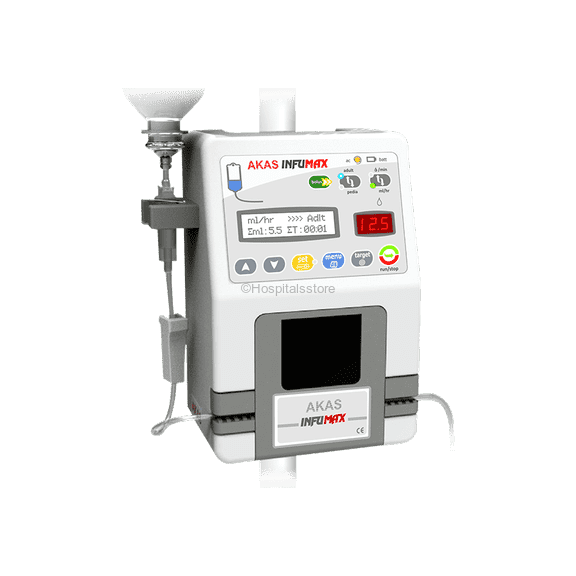
2) Akas Infu Max Infusion Pump
- Drop/min setting
- Ml/hr setting
- Infused volume & drops display
- Elapsed time display
- Target volume & Target time
- Setting – Auto calculation
- Built-in rechargeable battery
- Excess/Less flow alarm
- Less flow alarm due to occlusion
- Programmable to any I.V tubing
- Suitable for micro / Adult infusions
- Audible and visual alarms
- Keep vein open(KVO)
- ‘Air in Line’ Detector
- Bolus Function
- Different color LED’s
- LCD Display with Help Function
- Free Flow Protection
AKAS INFUMAX volumetric infusion pump combines high levels of safety and performance to provide for a very simple and reliable Operation. It is designed in such a way that it offers several advanced features ideal for general, critical care, neonatal and cancer therapy infusions where accuracy is key. At their simplest, akas infusion comprise a user-interface that controls the electromechanical pumping mechanism which is responsible for driving fluid from a container (bag, bottle or syringe) through a flexible tubing into a patient’s catheter. Buy with us and get akas infusion pump price.
Demo Video of Akas Infu Max Infusion Pump

3) Fresenius Kabi Injectomat Agilia Syringe Pump with Syringe capacities: 5, 10, 20, 30/35, 50/60 CC
- Flow rate range: 0.1- 200 ml/h (depending on the syringe capacity – up to 1200 ml/h).
- Flow rate accuracy: ± 1% on mechanism ; ± 2 % on syringes.
- Syringe capacities: 5, 10, 20, 30/35, 50/60 CC.
- Infusion Modes:ml/h (0.1 ml/h increments).
- Volume / time: Volume to infuse 0.1 to 99.9 ml /
- Time: 0 h 01 to 96 h 00.
- Volume limit: 0.1-999.9 ml (0.1 ml increments).
- Bolus: Manual bolus: Rate 50-1200 ml/h (50 ml/h increments).
- Drug library: Initial drug list of 50 agents adjustable with Vigilant, the IV Medication Safety Solution. Adjustment of the dilution, authorised infusion modes, default infusion modes, flow rate and bolus limits in ml/h.
- Pressure modes: 2 modes available: variable or 3 pre-set levels – From 100 to 900 mmHg, 50 mmHg increment.
- Anti-bolus system: Reduces significantly bolus after occlusion release (0.2 ml max).
- Dimensions (H/W/D/) : 160 x 345 x 135 mm
- Weight : 2150 g.
- Battery: NI/MH / Battery capacity minimum: 10 hours at 5 ml/h
- Power supply: 100 – 240 Vac / 15 VA, external power 9 Vdc by a converter.
There are Three Models Available in this Injectomat Agilia Which are following :
1. Agilia SP
2. Agilia MP
3. Agilia Tiva
Demo Video of Fresenius Kabi Injectomat Agilia Syringe Pump with Syringe capacities: 5, 10, 20, 30/35, 50/60 CC
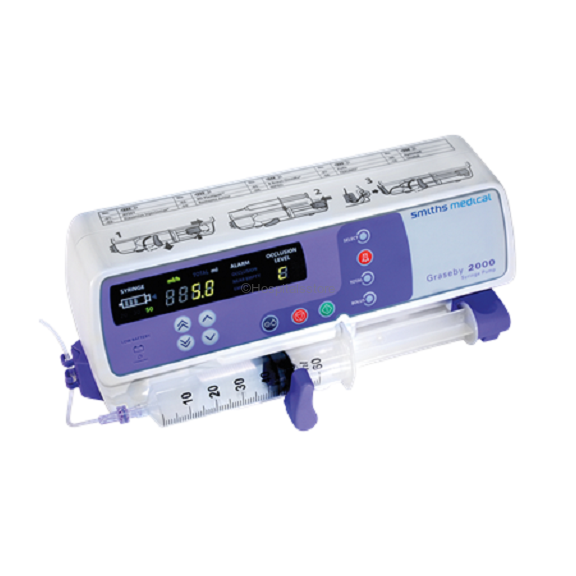
4) Smith Medical Syringe Pump, Graseby 2000
- A wide programmable infusion rate range between 0.1 and 1200ml/h allows the pump to be used across a range of clinical settings providing familiarity and consistency to clinical teams
- 3 adjustable occlusion pressure settings allow the pumps to be tailored to the specific requirements of the therapeutic care area.
- On-pump syringe loading guidelines to provide support to clinicians at the bedside
- 4-step programming sequence allows quick and simple programming
- Graseby 2100 bodyweight mode automatically calculates the infusion rate to assist the clinician
- Post occlusion bolus reduction to help reduce the likelihood of over infusion
- A wide range of alarms promotes clinician awareness and prompts intervention where necessary
Demo Video of Smith Medical Syringe Pump, Graseby 2000
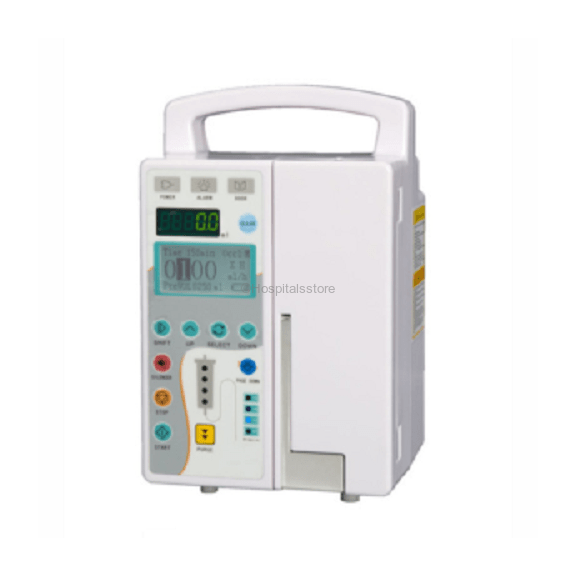
5) Beyond bys-820 infusion pump, HD LCD display
- HD LCD, high-capacity words, friendly user interface, dynamically display working status;
- BYS-820 Infusion Pump comes with Audible and visual alarm for occlusion, empty, low battery, end of infusion, door open, wrong setting, etc., which gain patents;
- It is compatible with any brands of infusion sets after correct calibration;
- Preset solution volume to greatly reduce the workload of nurses;
- This BYS-820 Beyond infusion pump these work mode: ml/h and drop/min can switch freely;
- Have three levels of occlusion: high, middle and low;
- Purge function
- KVO (keep-vein-open) automatically opens as infusion is completed, KVO rate is 3ml/h;
- Power Source: AC100—240V, 50/60Hz; Internal Battery;
- Automatically record the settings of last infusion;
- BYS-820D can store 2000pcs, of infusion records, and it has a drug library.
- OEM is available.
- WARRANTY: 1 Year
Demo Video of Beyond bys-820 infusion pump, HD LCD display
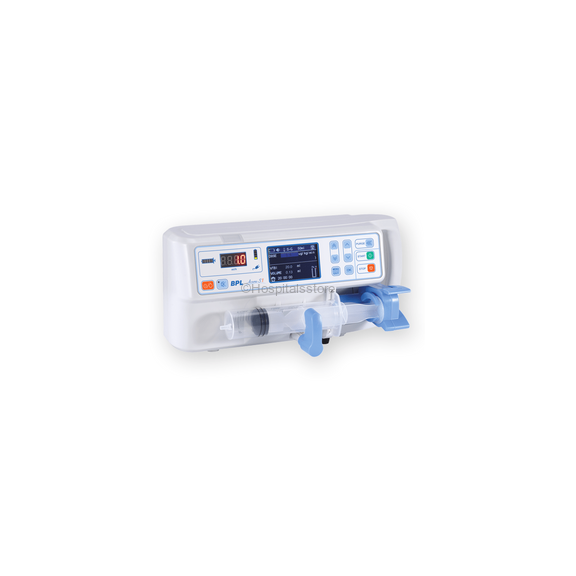
6) BPL Acura S1 Syringe Pump with Dual Display
- BPL syringe pump comes with dual display: 2.8-inch colour LCD & LED for rate display
- Acura S1 Compatible with all standard syringes: 5ml – 60ml
- BPL Acura S1 syringe pumphave the following Infusion Modes: Rate Mode, Time Mode and Drug/Weight Mode
- In-built Drug Library
- Dual Bolus Modes: Manual & Automatic bolus
- 3 level occlusion sensitivities setting (programmable)
- 2000 history records and last configuration memory
- Horizontal & Vertical fixation clamp
- High performance Li-ion battery.
This BPL syringe pump is a full-featured syringe infusion pump that is intended to provide a comprehensive solution for critical care and general infusion applications.
There are three types of infusion modes: rate mode, time mode, and drug/weight mode.
Demo Video of BPL Acura S1 Syringe Pump with Dual Display
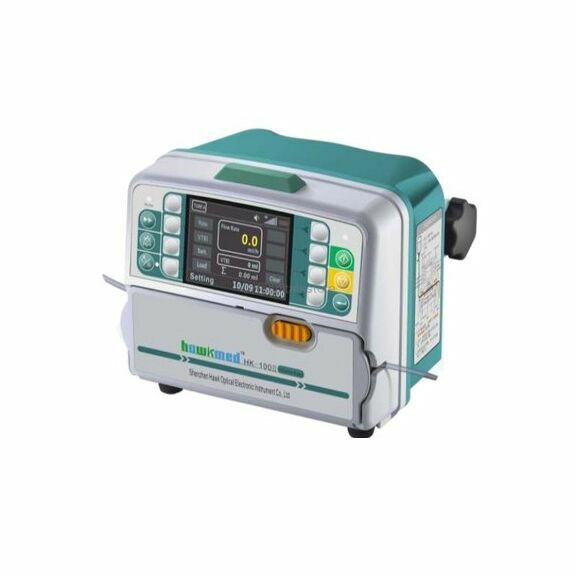
7) HAWKMED HK100 Infusion Pump
- History records
- Various infusion modes to meet different
- Clinical requirements
- KVO, Bolus and Anti-Bolus
- Drop sensor (optional)
- Real time display
- Free-flow protection
- Double CPU ensuring safe infusion
Demo Video of HAWKMED HK100 Infusion Pump
Things to consider before buying a syringe pump
Before buying the infusion pump can be confusing for you here I am sharing with you some factors that help you to find out the best pumps according to your needs and preferences.
Infusion pump brands
Infusion pump comes with many types of brands and there are lots of trustable manufacturers whom you can trust them but the best seller in markets I suggest to you is https://www.hospitalsstore.com/ in the market.
Safety features
Before purchasing any infusion pump the first thing is to check out the safety features and accurate administration of fluids. The Charging period should not take more than 10 hours for the charge and a reliable infusion should be fluid-proof it means they must have an alarm that automated trigger a shutdown in case, fluid leaks.
Don’t ignore reviews of the product before buying gather all the relevant information to view customer reviews and see more information via blogs and videos.
Final Thoughts
Before investing in any syringe infusion pump make sure you research and do all the investigation similar to your problem and do all things under the guidance of your doctor and take all the prescription and clinical medication.
FAQs
How should I select a syringe pump?
A pump which has the following specifications should be chosen:
- Reliable and electrically safe
- Able to deliver the infusion accurately and consistently
- Easy to set up and use
- Able to lock the instructions
- Portable and robust
- Powered with both battery and mains
- Can be used with syringes of all sizes
- Equipped with override rapid infusion facility
- Capable of alerting line occlusion and need to re-change syringe
10.Able to display rate of infusion and volume infused clear
If one has a choice, which pump should one buy-drop based or syringe type and why?
Syringe pump is a better choice. Drop based (volumetric pump) often requires
special infusion sets which are costly and not available in the open market. Problem
in drop based pump may arise at site of sensor or peristaltic pump. They also need
special IV tubing of standard size which is 2-4 times more expensive than normal
tubings. The syringe pumps, on the other hand, are not only extremely accurate but
also have the convenience of not requiring specialized tubing. The most significant
advance has been the introduction of a calculator mode within the pumps which
calculates infusion rate, when the weight of the baby, dose of the drug and concentration has been fed.
Give some useful tips for using syringe pumps.
Always run on mains whenever you can.
- Use only damp cloth soaked in soap-water (detergent) for cleansing the panel.
- Always inspect IV site periodically.
- Handle the clamp gently while pulling and snapping the syringe.
What spares may be required for syringe pump?
The battery may have to be replaced earlier, if not charged periodically or otherwise
after 1-3 years of use.
Is there any limit to infusion rate for syringe pump?
Ideally the pumps are for small volume continuous administration. It may not be cost
effective, if one uses them for higher rates of volume infusion. Say infusing at a rate
of 8 ml/hr one will have to keep on filling a syringe of 50 ml every 6 hourly and if the
rate is much higher, more frequently. This exposes the baby to risk of nosocomial infections.
How frequently do the syringe and extension tubing need to be changed while
using infusion pumps?
The syringe and extension tubing must be changed every 24 hours. One should not
compromise with this policy otherwise nosocomial infection rate may increase,
necessitating use of expensive antibiotics for the baby.
What are the advantages and disadvantages of syringe pumps over other
infusion pump devices?
The advantages are syringe pumps are cheaper than drip rate pumps, allow precise
control of total volume infused, portable, suited for small volume infusions, low cost
of disposables, pressure maintenance inspite of resistance and that air delivery is
impossible. Disadvantages are that it is unsuitable for large volume and that
comprehensive alarm system not usually provided.

